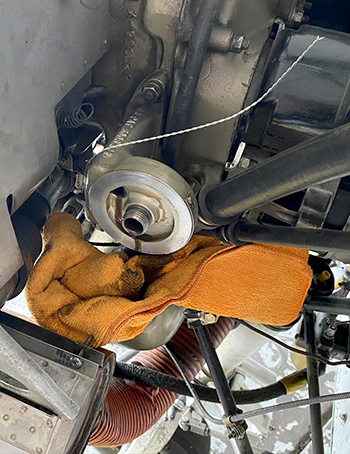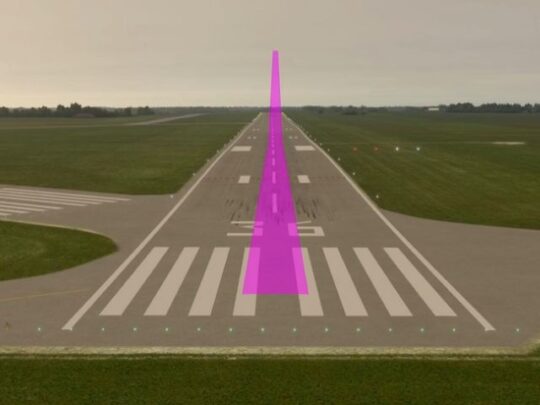Subscriber question:
"What’s the best way to check for leaks after I change my engine oil?" — Mark M.
Dean:
 “Any time the engine oil and filter are changed, extra care should be taken to verify there are no leaks. Before starting the engine, pull the dipstick one final time and verify the proper oil level. I’ve heard of an airplane engine being started with no oil in it after an oil change.
“Any time the engine oil and filter are changed, extra care should be taken to verify there are no leaks. Before starting the engine, pull the dipstick one final time and verify the proper oil level. I’ve heard of an airplane engine being started with no oil in it after an oil change.
Start the engine and watch for oil pressure. Be prepared to shut the engine down if oil pressure does not come up (into the green band) within the recommended time for your engine, which will likely be 30 seconds in warm weather and 60 seconds in cold weather. However, keep in mind this may be too long to wait if you normally see oil pressure within 10 seconds after start.
After verifying oil pressure, taxi forward and make at least a 90-degree turn and look behind the airplane to make sure you’re not leaving a trail of oil. If so, shut down and find out why. If you have an oil leak after the oil change, it’s better to find it right after starting the engine rather than after you’ve done the complete runup and potentially made a big mess.
If the runup goes well and everything is normal, be sure to taxi back to the ramp, shut down, and check the engine closely for any leaks, especially the oil filter and the oil drain plug or quick drain. If you removed the oil suction screen, check for leaks there too. If everything is dry and you have no leaks, you’re ready to close it up and go fly.
Remember, never fly an airplane after an oil change until the engine has been run and checked for leaks, and an appropriate maintenance record entry has been made.”
Safety wiring is essential after many aircraft maintenance tasks—and maybe people get it wrong. Even mechanics make mistakes at times. See how it should look in this excerpt from Aircraft Engines.
Do you think owner conducted preventive maintenance and assisting on annuals significantly reduces the cost of aircraft ownership?

